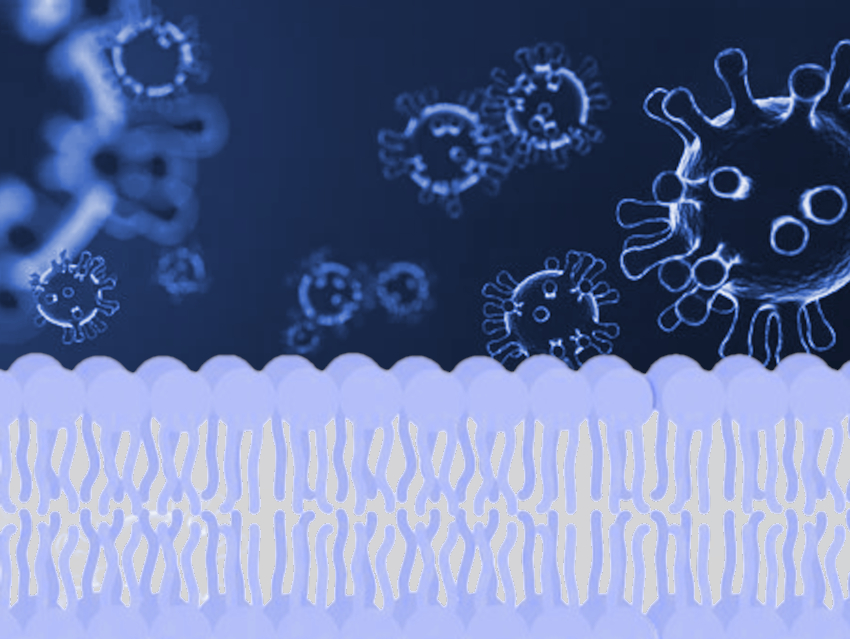SARS-CoV-2 viruses, which cause COVID-19, have glycoprotein “spikes” on their surface. These spikes help the virus to enter host cells by binding to a receptor on the surface of the host cells’ membrane—the angiotensin-converting enzyme 2 (ACE2). In the ongoing pandemic, drugs that can be used to treat COVID-19 are urgently needed.
Junping Wan, Jinghong Zhao, Third Military Medical University, Chongqing, China, and colleagues have developed nanoparticles made from the membranes of ACE2-rich cells that could block the SARS-CoV-2 spike, and thus, infection. The team used a human embryonic kidney (HEK)-239T cell line that highly expresses ACE2. The cell membranes were used to fabricate nanoparticles via an extrusion method. The resulting nanoparticles are rich in ACE2 receptors.
The researchers tested whether the nanoparticles can attach to the spike protein of SARS-CoV-2, and thus, prevent its binding to a line of human kidney cells. They found that the nanoparticles blocked the spike protein from adhering to the kidney cells via competitive inhibition. According to the researchers, the nanoparticles are easy to produce and could be useful candidates for COVID-19 treatment.
- Membrane Nanoparticles Derived from ACE2-Rich Cells Block SARS-CoV-2 Infection,
Cheng Wang, Shaobo Wang, Yin Chen, Jianqi Zhao, Songling Han, Gaomei Zhao, Jing Kang, Yong Liu, Liting Wang, Xiaoyang Wang, Yang Xu, Song Wang, Yi Huang, Junping Wang, Jinghong Zhao,
ACS Nano 2021.
https://doi.org/10.1021/acsnano.0c06836
Also of Interest
- Collection: SARS-CoV-2 Virus
What we know about the new coronavirus and COVID-19



